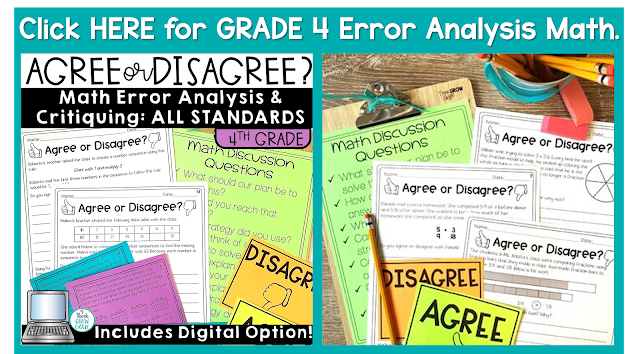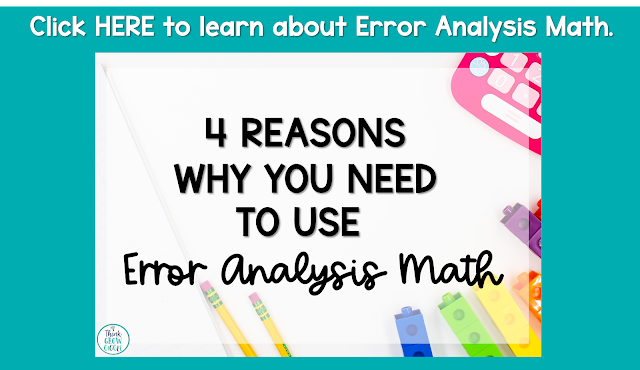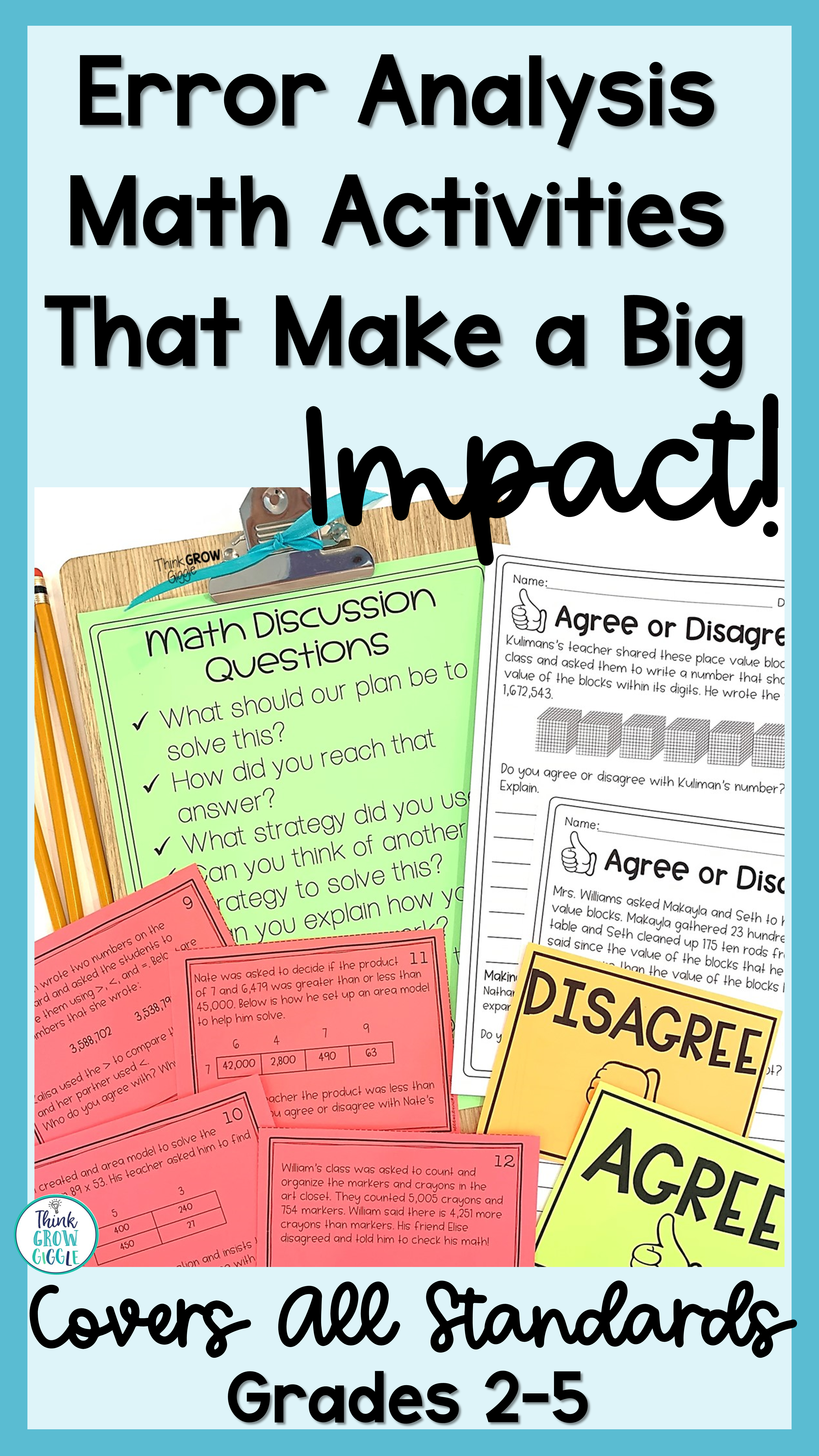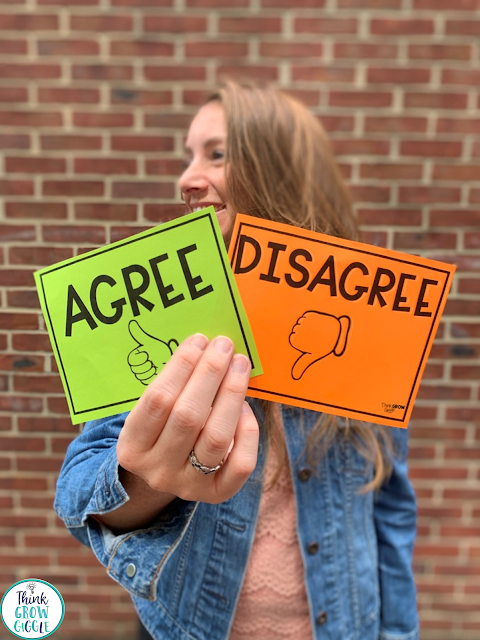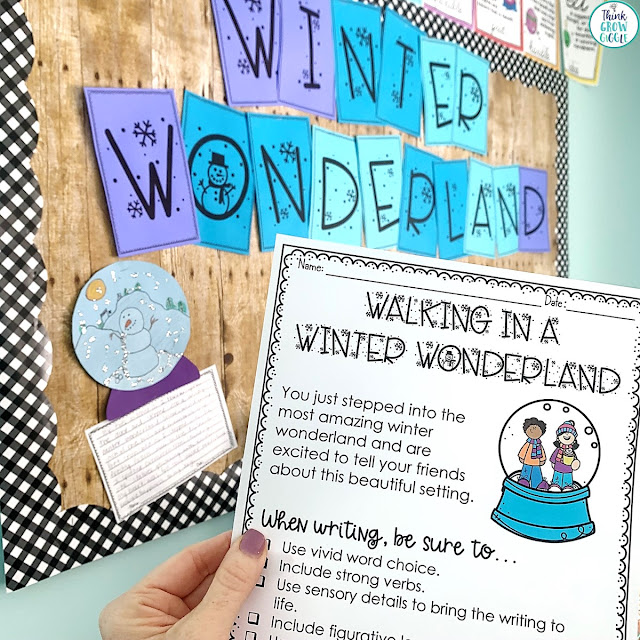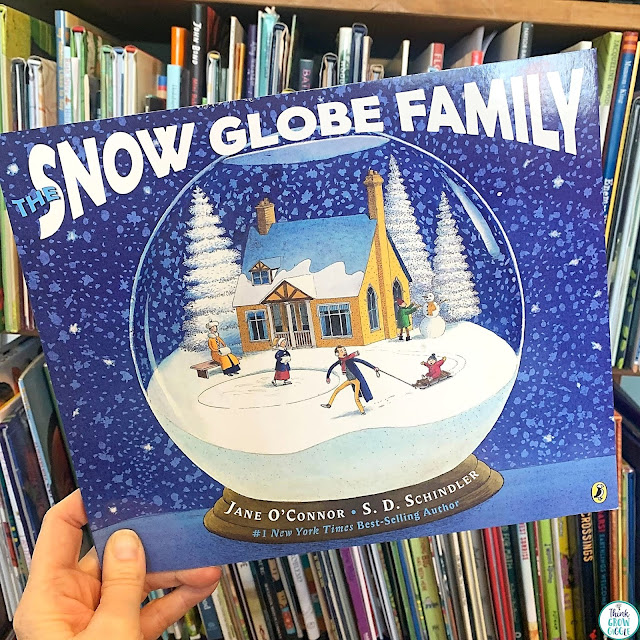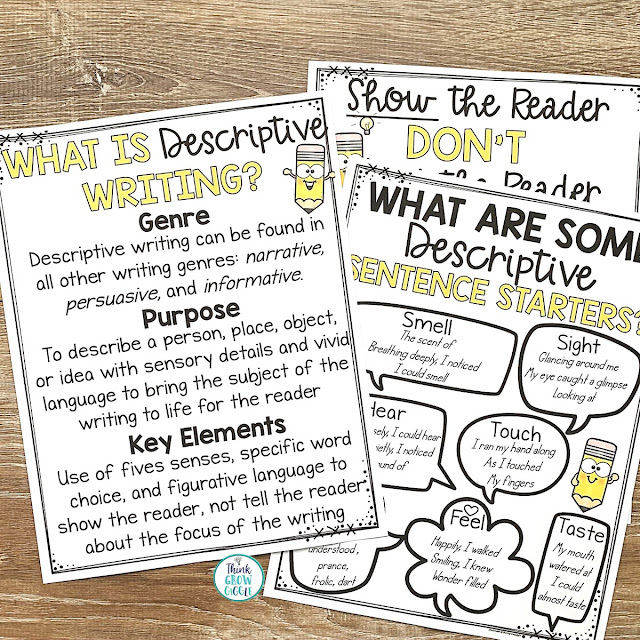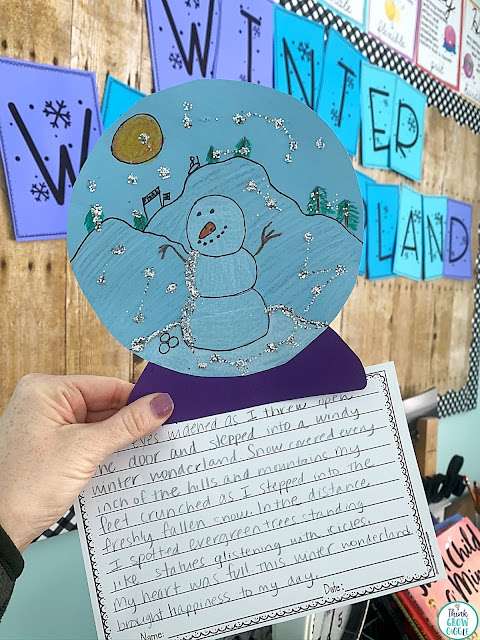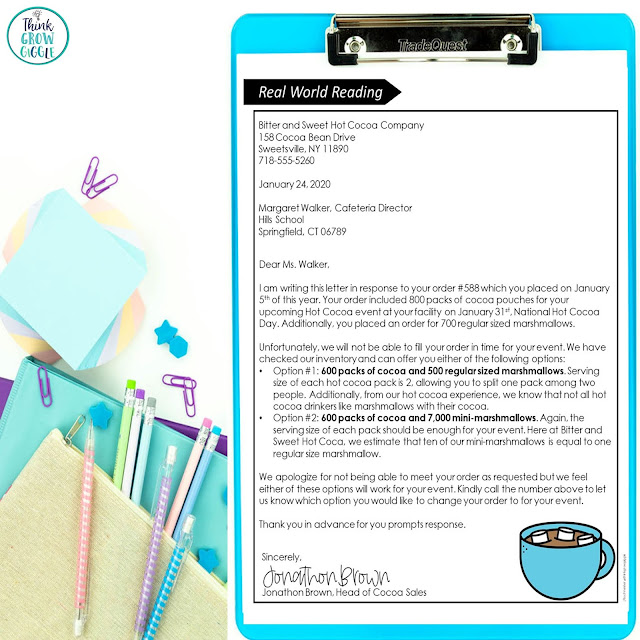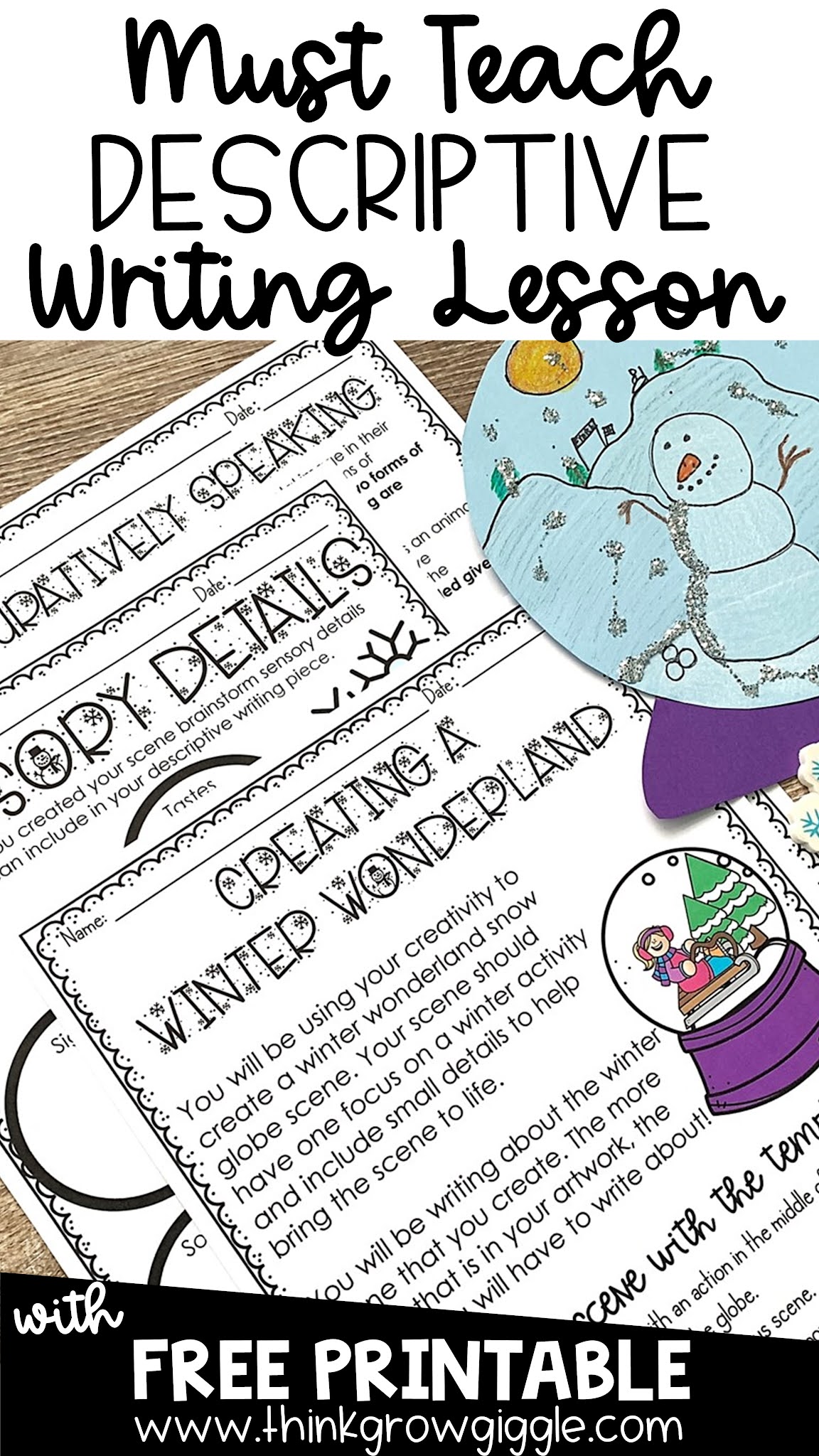Winter writing activities are not just for the holiday season!
I love using the seasons to engage young writers and get their creative juices flowing! Winter is hands down, my favorite season to practice descriptive writing.
I introduce descriptive writing during our first narrative unit at the start of the year. During that time we talk about using juicy words, sentence variety, and we also touch on figurative language. These skills are practiced all year long. My favorite project to practice all of these writing techniques and encourage creativity is by tieing together art and writing is with this winter snowglobe descriptive writing.
Open up your art closet and grab construction paper and glitter (yes, glitter), and get ready to be impressed with the writing that your students produce from this writing project.
The concept of this project is simple!
After a few descriptive writing lessons that focus on structure, word choice, and figurative language students will:
- Create a unique art project: a winter scene in a snowglobe.
- Brainstorm descriptive language and ideas
- Write winter-themed figurative language to include in their paragraph
- Write a descriptive paragraph about their winter snowglobe scene
This project is a lot of fun and truly helps students grow as writers. I love doing it each year and displaying their art and writing pieces all winter long! These tips will get you started.
Kick It off With a Picture Book
I love using picture books whenever I can in the classroom. There are two must-read picture books that I love to read before we do this writing project. They are great to refer back to when we begin writing our descriptive snow globes.
Brave Irene written by William Steig
This book is a must-read mentor text for so many different lessons including descriptive writing. The book tells the story of young Irene who sets off in a blizzard to make a delivery for her mother, a dressmaker who is too sick to go. Filled with amazing word choice and figurative language this book will be an instant favorite for you and your students. Dissect this book and list out all of the writing techniques that you find along with your students and write them on chart paper. This list will serve as a great reminder of techniques that students can use while they write their snow globe descriptions.
The Snow Globe Family written by Jane O'Connor
This is a fun read about a family that lives in a snow globe. The illustrations are a great model to show students how to create a full winter scene in the snow globes they create for this project. After reading this book have the students reflect on the activities that took place during winter in the story and then brainstorm different winter activities and winter scenes they can include in the snow globes that they create.
Get into the Spirit of the Season
Help students to really get into the season of winter by bundling up and going outside for a winter walk! While on the walk have students take a clipboard and pencil so that they can jot down all of the winter elements that they observe. Have them write descriptively as they take notes about the setting around them. Before you head outside give students some examples of what you are looking for.
Not sure where to start, try these:
- wind biting at your face (personification)
- cool, crisp, cold air blowing (alliteration)
- snow as soft as a blanket (metaphor)
- list of descriptions using the five senses
Don't want to head outside? Try watching this video to get into the cold season of winter! While this collection is filled with facts they will still get your students in the mood to write descriptively about winter and help them add a variety of winter elements to their snow globes.
Make Some Art: Snowglobe Art Project
Now the fun begins!
This descriptive writing project was
created to help my students practice writing with descriptions to improve their
narrative writing pieces.
My favorite part about this activity is the art
project involved. You can have students decorate the
snow globe worksheet template that is included in this pack, or you can have students create their snow
globes with tracers and construction paper.
Be sure to make several circle tracers on cardstock or thick paper for students
to use. Then have students use the tracers to make the large circle of the snowglobe. I usually have students use light blue paper or light gray paper to really set the winter scene. Then students can cut out a base for the snowglobe. You can make a tracer for this shape as well, or you can instruct students to cut out rectangles. After they have the two pieces cut, have them glue them together.
Make sure students have brainstormed one focused scene that they will use for the snowglobe before they draw. This will prevent students from redoing their snowglobes over and over. Invite students to add as much detail to their illustrations as possible. The more that they create in art, the more they have to write about in their pieces.
If you are feeling daring, like I always am, add some glitter and
sparkle to the globes. This will help students craft similes and metaphors
about the weather in their snow globes.
Teach the Writing Genre
When it comes to this project, I always make sure to teach the elements of descriptive writing before we begin any art or writing. We spend a lot of time discussing how descriptive writing plays an important part in narrative pieces.
While teaching this genre, I always make sure to focus on:
- what descriptive writing is
- the descriptive writing structure
- how to show the reader and not tell the reader through the use of descriptive language
- the audience they are writing to with descriptive writing
- teaching figurative language and juicy words
Next week I will be sharing more specific tips to help you teach descriptive writing in your classroom.
For now, you can grab the student descriptive writing reference page for FREE below to help students understand this genre. The reference guide will be sent to your email.
I love this winter writing activity and have watched students enjoy creating and writing year after year! This project will hook all of your writers, including struggling writers. The art project coupled with their descriptive writing pieces makes a beautiful bulletin board display for the entire season of winter!
Grab the Winter Wonderland Project complete with everything you need, including bulletin board letters to create this project in your own classroom.
You might be interested in reading:
Looking for more high-interest winter activities for your classroom like this differentiated reading pack?
See more HERE.
LOVE these ideas? Pin to save!
*affiliate links: “Think Grow Giggle is a participant in the Amazon Services LLC Associates Program, an affiliate advertising program designed to provide a means for sites to earn advertising fees by advertising and linking to Amazon.” (source: Section 5)




